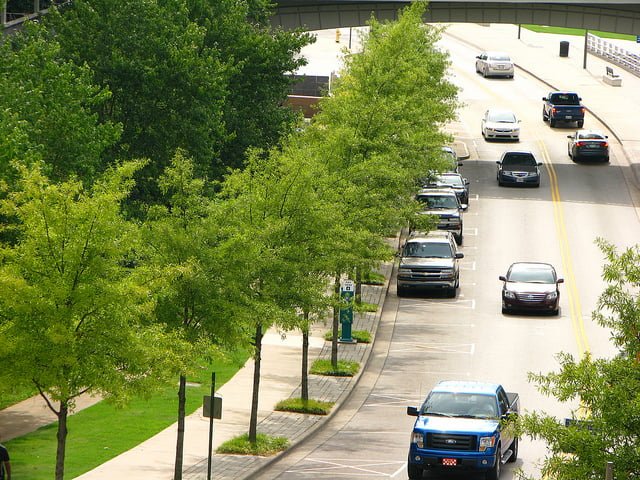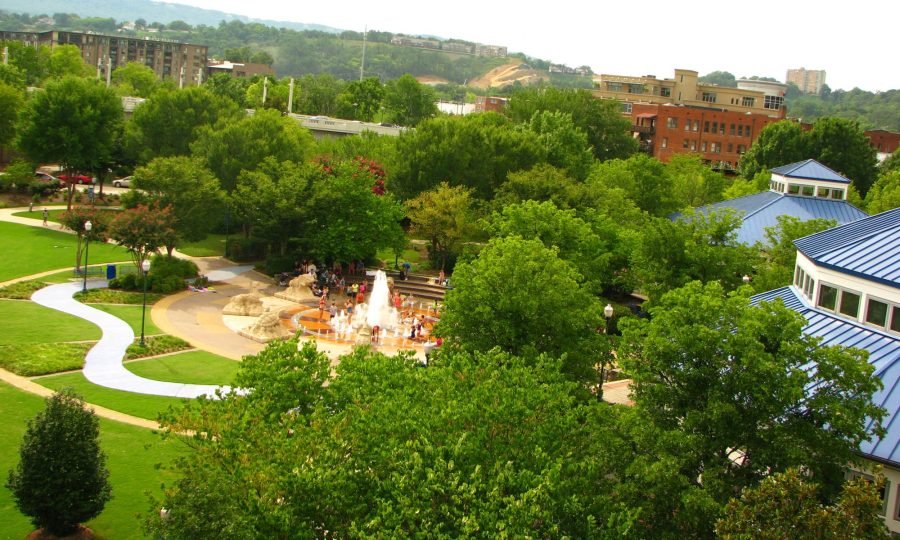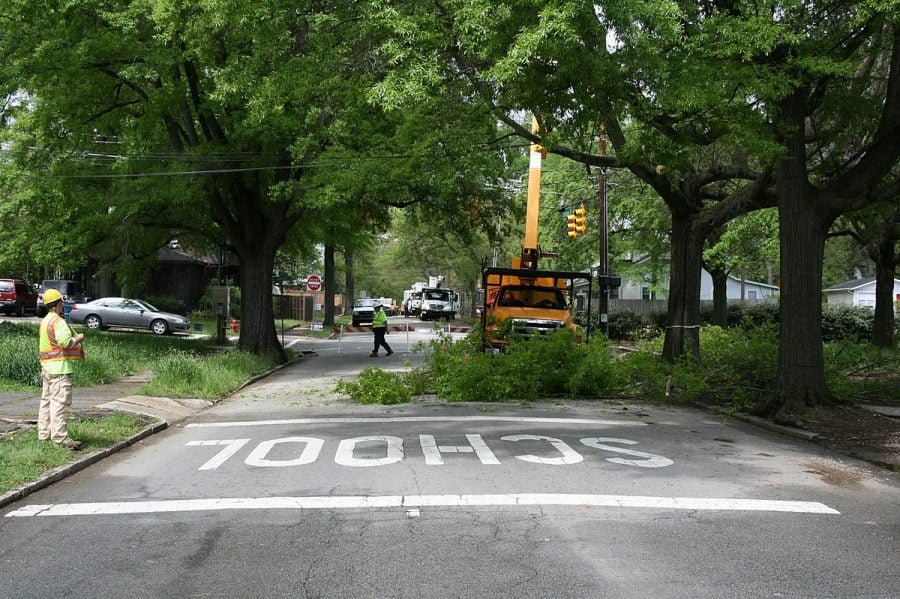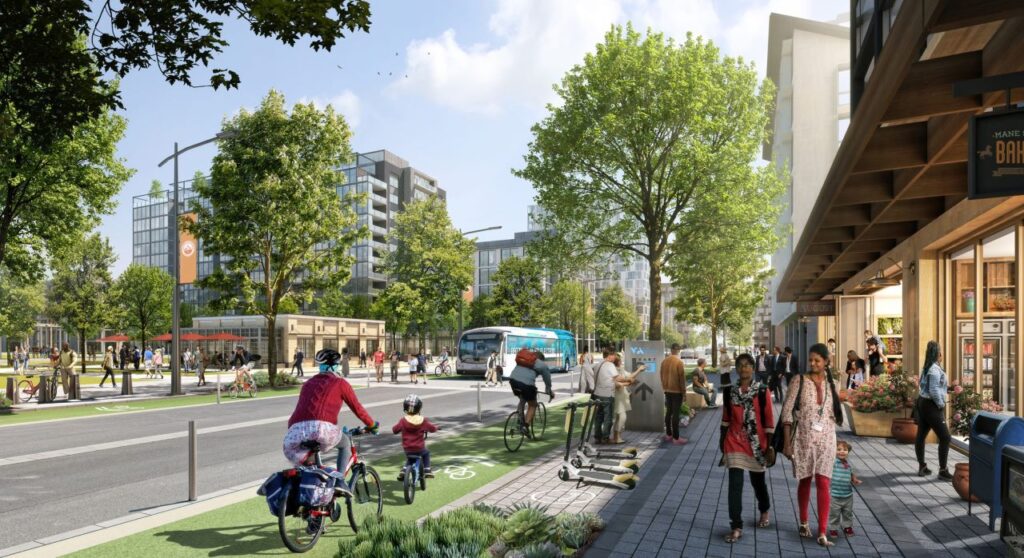Urban trees play a crucial role in enhancing the beauty, health, and sustainability of our cities. Not only do they provide shade, habitat for wildlife, and aesthetic appeal, but they also contribute to cleaner air and cooler temperatures. However, the urban environment presents unique challenges for trees, including soil compaction, limited space, and pollution. To ensure the survival and longevity of urban trees, it’s essential to adopt precision arboriculture techniques. In this article, we’ll explore proven methods for promoting urban tree survival, providing practical tips for urban homeowners to care for their trees and contribute to a healthier urban ecosystem.
Table of Contents
Understanding Urban Tree Challenges

Urban trees face a myriad of challenges in their environment, from soil compaction to pollution and limited root space. Soil compaction, caused by heavy foot traffic and construction activities, restricts root growth and limits the tree’s access to water and nutrients. Pollution from vehicles and industry can also stress trees, leading to leaf damage and reduced photosynthesis. Additionally, limited root space in urban settings can inhibit root development and compromise tree stability.
To address these challenges, urban homeowners must understand the factors contributing to urban tree stress and implement proactive management strategies to mitigate them. By prioritizing tree health and adopting precision arboriculture practices, homeowners can help urban trees thrive despite the challenges they face.
Site Assessment and Tree Selection
One of the first steps in promoting urban tree survival is conducting a thorough site assessment and selecting appropriate tree species for the urban environment. Site assessment involves evaluating soil conditions, sunlight exposure, and available space to determine the best location for tree planting. It’s essential to choose tree species that are well-suited to the site conditions, considering factors such as soil type, drainage, and tolerance to pollution and compacted soils.
When selecting tree species for urban environments, homeowners should prioritize native and drought-tolerant species that are adapted to local climate conditions. Native trees are better equipped to withstand environmental stresses and are more resilient to pests and diseases. Additionally, choosing a diverse mix of tree species helps increase biodiversity and resilience in the urban forest.
Soil Management Techniques
Soil management is critical for maintaining healthy urban trees. Compacted soils restrict root growth and limit the tree’s ability to access water and nutrients. To improve soil structure and fertility, homeowners can implement soil management techniques such as aeration, mulching, and soil amendments.
Aeration helps alleviate soil compaction by creating air channels in the soil, allowing roots to penetrate deeper and access oxygen, water, and nutrients. Mulching helps retain soil moisture, suppress weeds, and regulate soil temperature, providing a favorable environment for root growth. Organic soil amendments, such as compost and organic matter, improve soil fertility and structure, promoting healthy root development and nutrient uptake.
Proper Planting and Establishment Practices
Proper planting and establishment practices are essential for ensuring the success of newly planted urban trees. When planting a tree, it’s important to dig a wide planting hole to allow room for root expansion and to loosen the soil around the planting area to promote root growth. Care should be taken to plant the tree at the correct depth, with the root flare at ground level, and to backfill the planting hole with loose soil to eliminate air pockets. After planting, newly planted trees require regular watering and monitoring to promote root establishment and reduce transplant shock.
Watering deeply and infrequently encourages deep root growth and helps trees establish a strong root system. Mulching around the base of the tree helps retain soil moisture and regulate soil temperature, reducing water stress and promoting healthy root growth. Proper tree pruning techniques can also help shape the tree and promote healthy growth during its establishment phase.
Pruning and Structural Support

Pruning is an essential component of urban tree maintenance, helping to maintain tree health and safety. Proper pruning techniques remove dead, diseased, or damaged branches, improve tree structure, and reduce the risk of limb failure. Tree pruning also promotes air circulation and sunlight penetration, which are essential for overall tree health. In addition to pruning, structural support systems such as cabling and bracing can help mitigate the risk of tree failure in urban environments. Cabling and bracing techniques provide additional support to weak or structurally compromised branches, reducing the risk of breakage and improving tree stability.
Pest and Disease Management
Pests and diseases can pose significant threats to urban tree health, especially in densely populated areas. Integrated pest management (IPM) strategies are essential for preventing and managing tree pests and diseases while minimizing the use of chemical pesticides. IPM techniques include monitoring for pest and disease outbreaks, promoting tree health through proper cultural practices, and using biological control agents when necessary.
Regular inspection and monitoring of trees for signs of pest infestations or disease symptoms are essential for early detection and intervention. Prompt action, such as pruning affected branches or applying targeted treatments, can help prevent the spread of pests and diseases and minimize damage to urban trees. Additionally, promoting tree health through proper watering, fertilization, and soil management practices can help trees withstand pest and disease pressures more effectively.

Water Management and Irrigation
Water stress is a common issue for urban trees, especially during periods of drought or hot weather. Proper water management and irrigation techniques are essential for maintaining healthy urban trees and promoting root growth and establishment. Deep watering encourages deep root penetration and helps trees access water from lower soil layers, promoting drought tolerance and resilience.
Drip irrigation systems and soaker hoses are efficient methods for delivering water directly to the tree’s root zone, minimizing water loss through evaporation and runoff. Mulching around the base of the tree helps retain soil moisture and regulate soil temperature, reducing water stress and promoting healthy root growth. It’s important to water trees deeply and infrequently, allowing the soil to dry out between watering to prevent waterlogging and root rot.
Community Engagement and Advocacy
Community involvement is crucial for promoting urban tree health and sustainability. By engaging residents in tree planting, maintenance, and stewardship efforts, communities can foster a sense of ownership and pride in their urban forest. Tree planting events, volunteer opportunities, and educational programs can help raise awareness about the importance of urban trees and inspire action to protect and preserve them.
Advocacy for policies and initiatives supporting urban tree preservation and expansion is also essential for creating a greener and healthier urban environment. By advocating for tree-friendly policies such as tree protection ordinances, urban forestry master plans, and funding for tree planting and maintenance programs, communities can ensure the long-term health and vitality of their urban forests.
Innovative Technologies in Urban Tree Management
Emerging technologies are revolutionizing urban tree management, providing new tools and techniques for monitoring tree health and managing urban forests more effectively. Remote sensing technologies, such as drones and satellite imagery, allow for the rapid assessment of tree health and canopy cover over large areas, helping urban foresters identify areas of concern and prioritize management efforts.
Tree inventory and management software enable urban forestry professionals to collect and analyze data on tree species, size, condition, and location, facilitating more informed decision-making and resource allocation. Mobile apps and online platforms engage citizens in urban tree monitoring and reporting, empowering communities to participate in urban forestry efforts and contribute to tree data collection and management.
Conclusion
Urban trees are vital components of our cities, offering numerous benefits to the environment and the community. By embracing precision arboriculture techniques and implementing proven methods for urban tree care, homeowners can play a pivotal role in nurturing the health and longevity of their urban trees. From proper planting and soil management to proactive pest and disease management and community engagement, there are myriad ways for urban homeowners to contribute to a greener and more sustainable urban environment. Let’s come together to protect and preserve our urban trees, ensuring that they continue to thrive and enrich our cities for generations to come.
Pat Baker enjoys green spaces, is an avid woodlands protector, and writes for tree specialists in the Portland area.




